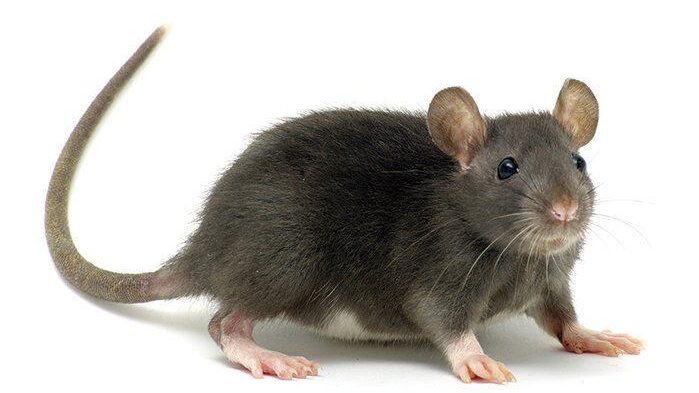- Tesla’s robotaxi event was long on Musk promises, short on details
- Boeing to cut 17,000 jobs as losses deepen during factory strike
- Here’s the deflation breakdown for September 2024 — in one chart
- The Federal Reserve may have pretty much just hit its 2% inflation target
- Finely regulated luminescent Ag-In-Ga-S quantum dots with green-red dual emission toward white LEDs
What do you believe is the single most important factor driving up the cost of living in Nigeria?

Evolution in real time: Scientists predict—and witness—evolution in a 30-year marine snail experiment
Snails on a tiny rocky islet evolved before scientists' eyes. The marine snails were reintroduced after a toxic algal bloom wiped them out from the skerry. While the researchers intentionally brought in a distinct population of the same snail species, these evolved to strikingly resemble the population lost over 30 years prior.
The study, led by researchers from the Institute of Science and Technology Austria (ISTA) and the Norwegian Nord University, is published in Science Advances.
It is 1988. The Koster archipelago, a group of islands off the Swedish west coast near the border with Norway, is hit by a particularly dense bloom of toxic algae, wiping out marine snail populations. But why would anyone care about the fate of a bunch of snails on a three-square-meter rock in the open sea? As it turns out, this event would open up the opportunity to predict and see evolution unfolding before our eyes.
Before, the islands and their small intertidal skerries—rocky islets—were home to dense and diverse populations of marine snails of the species Littorina saxatilis. While the snail populations of the larger islands—some of which were reduced to less than 1%—were restored within two to four years, several skerries could not seem to recover from this harsh blow.
Marine ecologist Kerstin Johannesson from the University of Gothenburg, Sweden, saw a unique opportunity. In 1992, she re-introduced L. saxatilis snails to their lost skerry habitat—starting an experiment that would have far-reaching implications more than 30 years later.




- October 12, 2024
Senator urges FG to mandate agriculture studies in schools

- October 11, 2024
Scientists discover how innate immunity envelops bacteria



- October 11, 2024
Machine learning could improve extreme weather warnings

Subscribe to our mailing list to get the new updates!

Subscribe our newsletter to stay updated
Thank you for subscribing!





